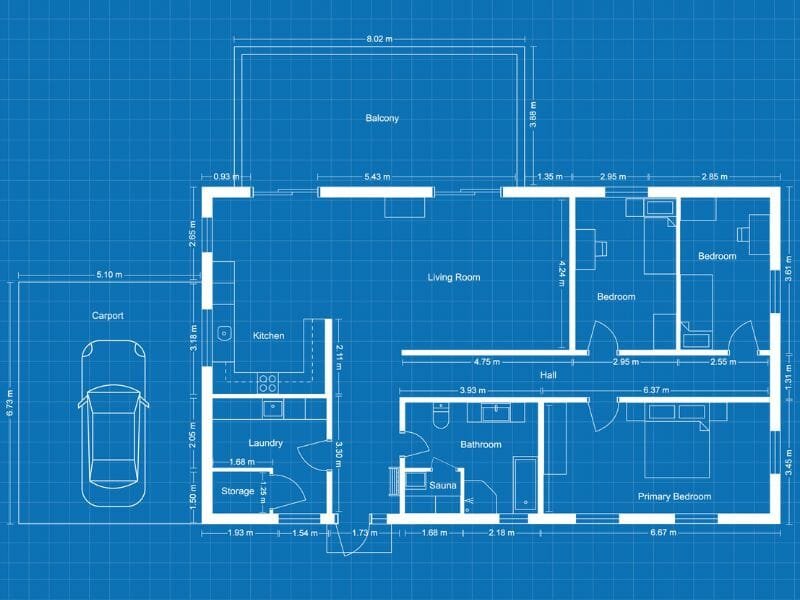Sustainable Designs
What are you passionate about? There is a lot to consider with a personal uniqueness to every project, especially with restoration of a residential property, were here to do our best to meet those unique needs and we are also available to help develop a Clients ideas and values into a practical and cost feasible plan that can become a reality.
Perhaps, You’re aim is to ensure that this project is not only visually appealing but also environmentally responsible and sustainable. Using Eco Materials, Reused, Recycled and Repurposed Construction Material Design Considerations We Are Available to Help Meet Budgeting and Consumer Values In Any Project.
Perhaps, You’re not quite sure what you need or how to explain the concepts and construction requirements that would be related. We are here to try and work out a plan that can be constructed without risk to the client or service provider in an honest approach protecting financial and conductibility considerations for any projects. Yes, there are some projects that cannot be constructed despite the vision one might hold inside, for reasons that may include (time, cost, safety, conductibility, material supply lines, equipment specialties or specialty licensing and certifications).
Always keep in mind the local building permit bylaws required to be in place prior to specific construction scopes (home additions, additional structures, entrances to public roads, etc) - We are happy to assist in this process working with the owner to gain the permits in advance of any construction agreements are made..
***Planning and Sustainable design cost dependent on scope of planning that may be required, agreed to with owner on a case by case basis.
However general estimates for standard restoration and construction projects is always free! So Contact Us Today !
Details & Information
Construction Materials and Methodologies:
It's crucial to select materials that have a low environmental impact throughout their life cycle, from extraction to disposal. Some options to consider could be:
Renewable Resources: Materials derived from plants or other renewable sources like bamboo, cork, or recycled rubber.
Recycled Materials: Products made from recycled content, such as recycled steel, glass, or concrete.
Sustainably Harvested Materials:
For methodologies, consider techniques like prefabrication to reduce waste and labor on-site, and passive house design principles for energy efficiency.
Environmental Restoration and Protection:
Integrating eco-friendly practices into the restoration process can help protect and restore the natural environment around the property. Here are a few ideas:
Landscape Design: Incorporate native plants that require less water and provide habitats for local wildlife. Consider using rain gardens to manage stormwater naturally.
Wetland Restoration: If there are any wetlands on the property, work on restoring them to their natural state, as they play a vital role in water purification and flood control.
Green Roofs and Walls: These can help insulate the building, reduce stormwater runoff, and provide habitats for urban wildlife.
Cost Reduction:
While sustainability is a top priority, I am also mindful of the project's budget. Here are some strategies to consider:
Energy Efficiency: Incorporating energy-efficient features can reduce long-term operational costs. This could include installing energy-efficient windows, insulation, and LED lighting.
Water Efficiency: Implementing water-saving fixtures and appliances can reduce utility bills and help conserve this precious resource.
Maintenance Costs: Opting for durable, low-maintenance materials can reduce long-term maintenance costs.



